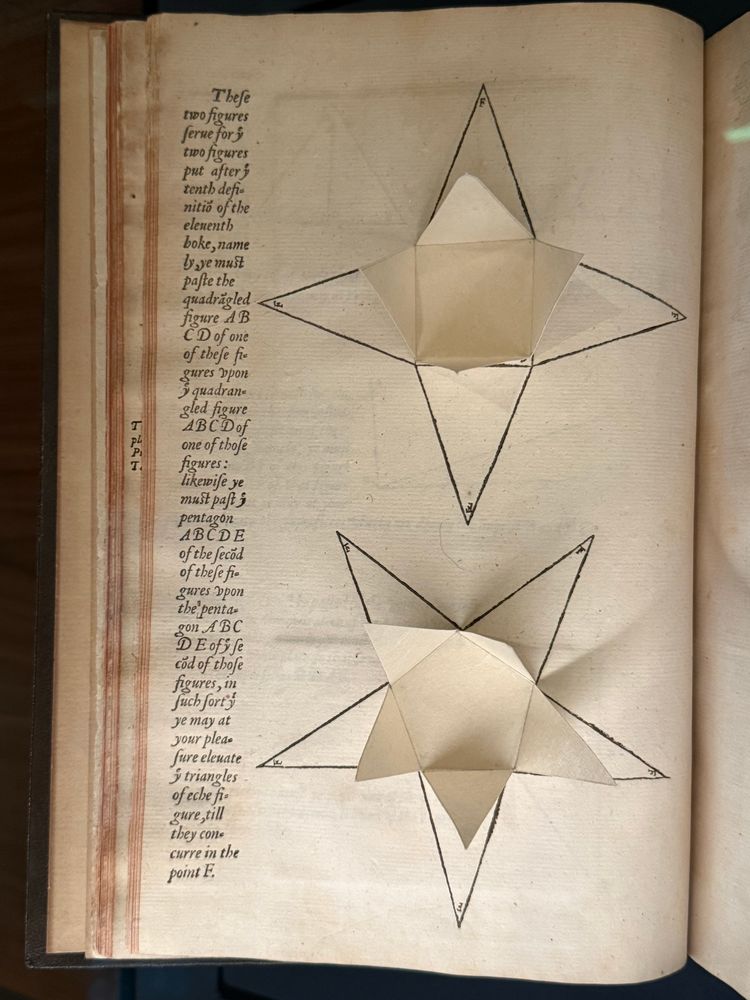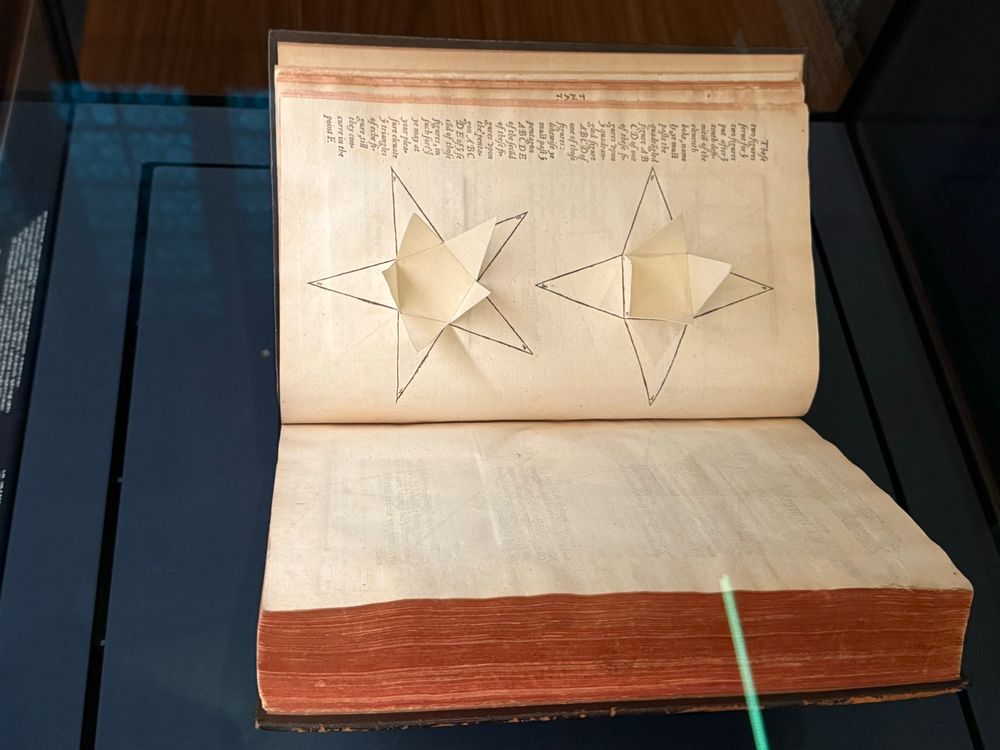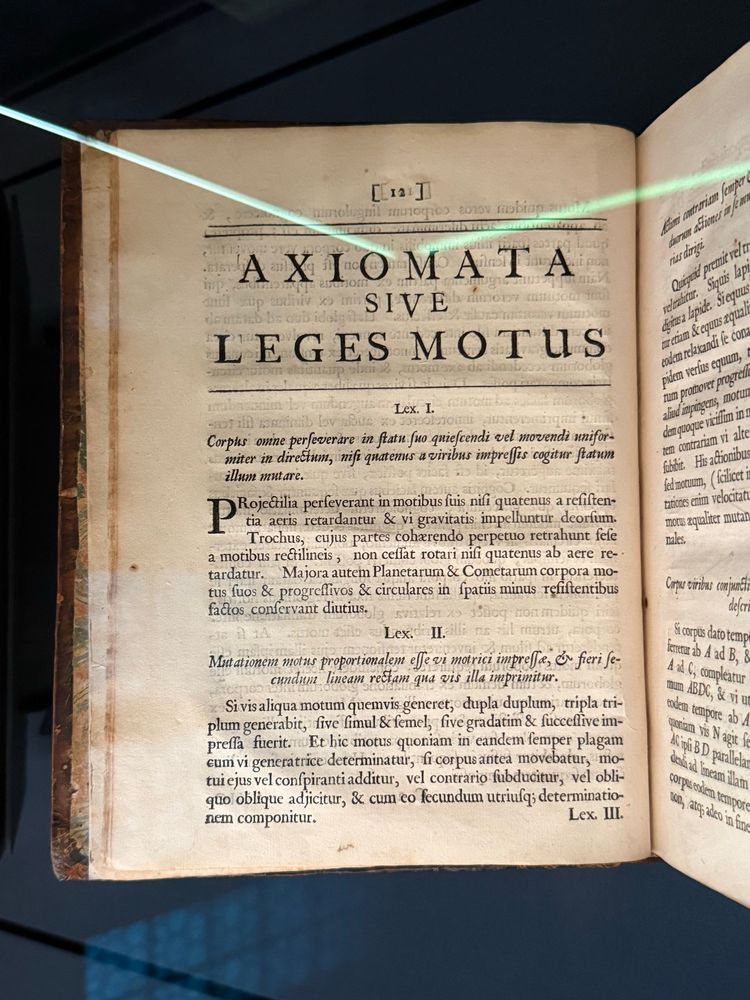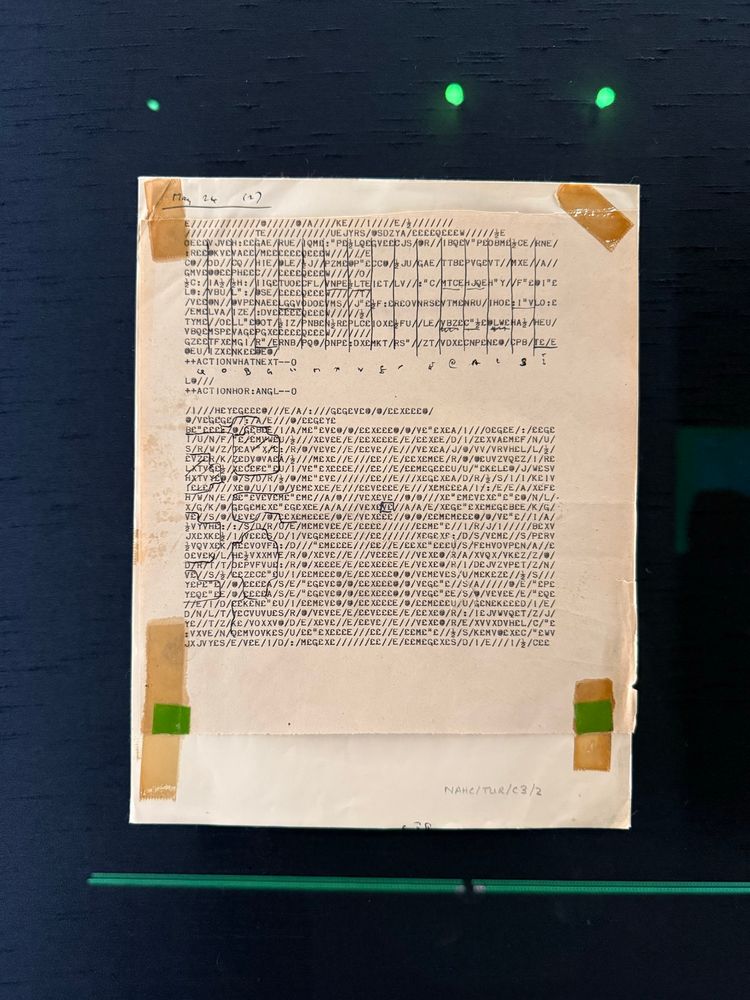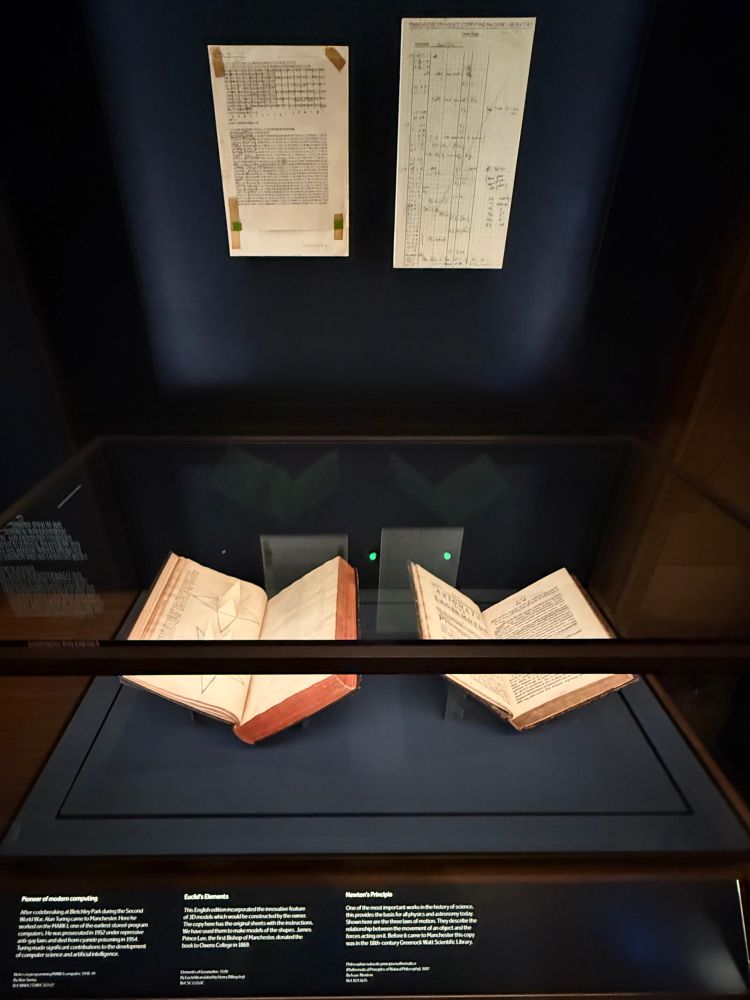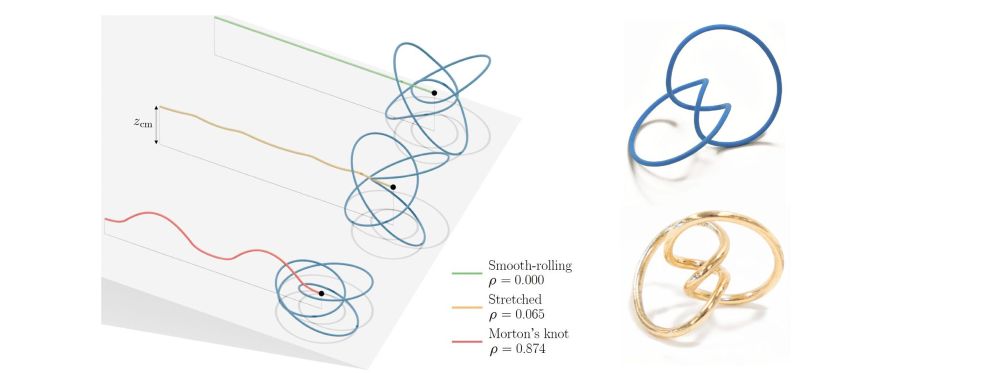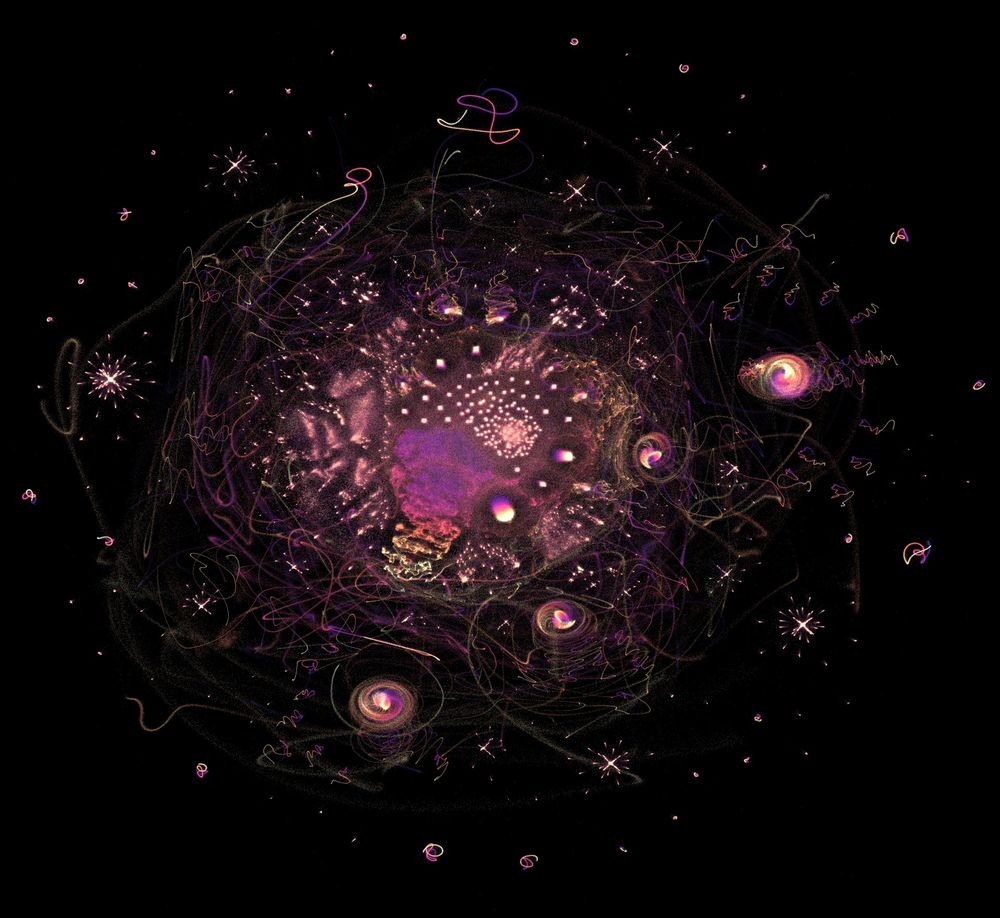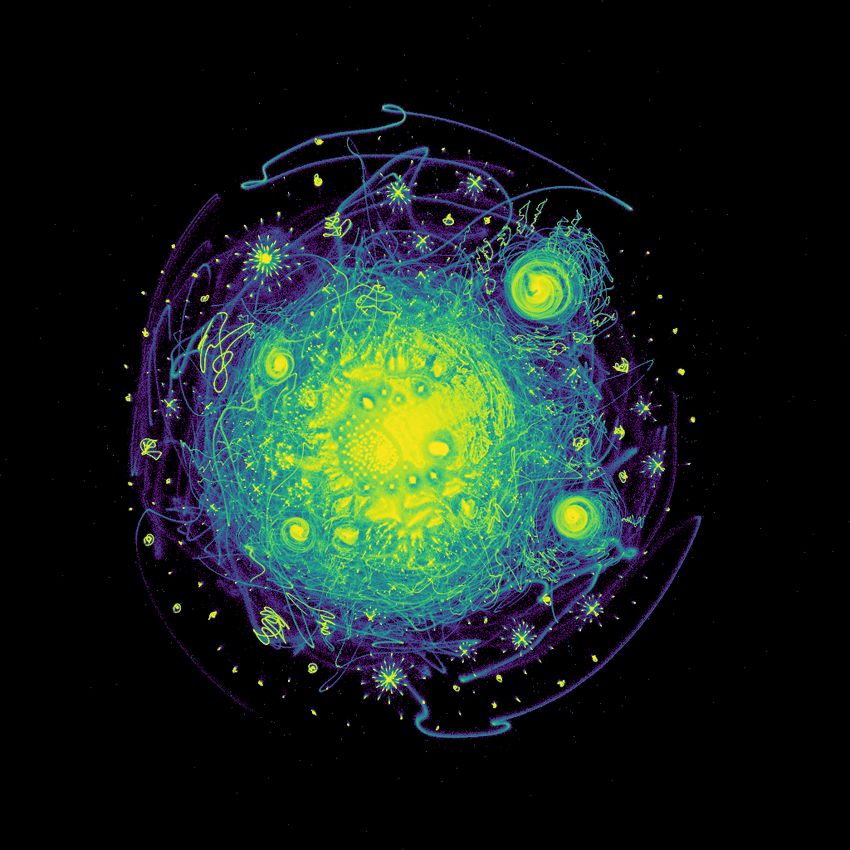Max Brodeur
@maxbrodeur.bsky.social
21 followers
45 following
14 posts
math & brains @EPFL & MPI
interested in intelligence
Posts
Media
Videos
Starter Packs
Pinned
Max Brodeur
@maxbrodeur.bsky.social
· Aug 30
Max Brodeur
@maxbrodeur.bsky.social
· Aug 4
Max Brodeur
@maxbrodeur.bsky.social
· Jul 29
Max Brodeur
@maxbrodeur.bsky.social
· Jul 29

